With the full accession of Romania and Bulgaria to the Schengen Area on January 1, 2025, we have created an open route from the Atlantic to the Black Sea, European Commissioner for Home Affairs and Migration Magnus Brunner told AGERPRES in an interview.
Among the benefits of Romania's joining the border-free zone, the European official mentions the perspective of an approximately 2 percent annual GDP growth, due to the removal of border controls for road transport.
Brunner, who is set to visit Bucharest on Monday, said that the Commission is currently carrying out the first Schengen evaluation of Romania, looking at areas like visa policy and external border management.
The EU's top official for migration and internal affairs also referred to the recently launched European Entry/Exit System (EES), which he called the digital backbone of the new European border management system, and whose full implementation is due by April 2026, including at Romania's border checkpoints.
Speaking about the Schengen temporary internal border controls, Brunner detailed the EU's efforts to balance free movement with security needs. Other topics covered in the interview include the implementation of the challenges of the Migration and Asylum Pact, and new proposals for migrant returns.
AGERPRES: Romania fully joined the Schengen area at the beginning of this year, with a number of initial conditions. Has the European Commission so far had any assessment of how Romania has respected its obligations as a full Schengen member?
Magnus Brunner: Schengen is one of the EU's most tangible achievements. It touches the lives of over 450 million Europeans - in concrete ways, boosting tourism, making goods cheaper and opening doors for work and study. But also in more intangible ways. When Schengen began 40 years ago, it marked a new era of openness in Europe. And with the full accession of Romania and Bulgaria on January 1, 2025, we have created an open road from the Atlantic to the Black Sea. By removing border controls for road transport, Romania is expected to see a 2% increase in GDP annually - that's a big boost to the economy.
We need to ensure that we protect this common area of free movement. Romania worked very hard to meet the criteria for accession. Romania has developed a strong national Schengen governance system, and that work continues now that controls are lifted. At the moment, the Commission is carrying out the first Schengen evaluation of Romania, where we look at areas like visa policy and external border management. I will not pre-judge the results but I hear the assessment is going very well.
AGERPRES: Do you consider that the European funds allocated to Romania for border management have been used efficiently, and do you consider supplementing them in the context of new security challenges?
Magnus Brunner: The protection of our external borders is a challenging task. We have seen that we have faced new threats along the Eastern border, especially from Belarus and Russia. Romania has about 1700 km of external borders with Ukraine, Moldova and Serbia. At the same time, we have seen a 22% decrease in illegal border crossings from Türkiye, which of course also reduces the pressure to Romania.
We have provided over EUR 220 million to Romania for border security in the 2021-2027 period. These funds have been used efficiently strengthening surveillance, training, and infrastructure along Romania's external borders. In view of new security challenges, the Commission is ready to step up support through additional funding and Frontex assistance, if needed. With the next long-term EU budget, we have also proposed to triple funding in the areas of internal security and migration.
AGERPRES: Several countries in the Schengen area maintain temporary border controls between them, and some have strengthened them, such as Denmark on its border with Germany. Does this situation affect the functionality of the Schengen area and can measures be taken to remedy it, or is it a prospect we should get used to?
Magnus Brunner: EU law allows Member States to introduce border controls when needed to protect public policy and security, as long as they are temporary and well-coordinated between Member States. With a reduction of illegal border crossings, the introduction of the new Pact on Migration and Asylum and the coming on stream of new, state-of-the-art border management systems at our external borders, the conditions are being put in place to allow a gradual exit from internal border controls.
We are focusing on three main areas.
First, we are strengthening our external borders. And with last week's successful launch of the new Entry-Exit System, we are putting in place one of the most modern IT systems for external border management. And we are significantly boosting the resources of Frontex to assist EU countries operationally in border management.
Second, we are fixing the problems in the EU's migration management system. This means bringing our own European house in order. With the reform of our system, we will have more efficient asylum procedures, better cooperation between Member States and a functioning system of returns. If we can deliver on this, we will achieve a remarkable shift in migration policy, which will benefit the Schengen area.
Third is internal security. Whether we are talking about terrorism, global criminal networks or state-sponsored hybrid attacks, today's threats move across Schengen borders - and in fact across all borders. Which means we must have cross-border responses, as well. With our new internal security strategy, ProtectEU, we strive to make Europol more operational to better support national authorities. We are working towards improving access to data for law enforcement. And most of all: we must change our mindset, to anticipate and counter threats early on.
AGERPRES: The Entry/Exit system was launched on 12 October and is to be gradually implemented by April 2026, including at border checkpoints in Romania. What are the main challenges of this transition and how will the European Commission support Member States to ensure it is applied evenly, both technically and operationally?
Magnus Brunner: Last Sunday, we launched the EES successfully across all 29 Schengen Member States. And every Member State is registering entries and exits of third country nationals since Sunday. Almost a quarter of the border crossing points have already started and in total we have registered more than half a million movements.
The EES is the digital backbone of our new border management system and it will allow us to know who enters the Schengen area when, and where. The Commission and EU agencies eu-LISA and Europol have been working together with Member States authorities to ensure that the EES is successfully launched.
The main challenge will be to ensure we implement the new system effectively, without compromising the flow of border traffic and so far we are off to a very good start - with no delays registered. I am confident that by April we will be able to have the system fully up and running at all border crossing points.
AGERPRES: What guarantees are there that the new Pact on Migration and Asylum sufficiently protects the interests of border states, such as Romania, and will not pressure them disproportionately?
Magnus Brunner: Migration is a European challenge that needs European solutions. And with the Pact we have collectively shown that the EU can deliver. It strengthens the management of our external borders and establishes a permanent, mandatory, yet flexible solidarity mechanism ensuring that there is a balance between responsibility to protect borders and solidarity to help when Member States are under pressure.
We are now focusing on making sure that all Member States are ready when the Pact enters into force in June 2026.
AGERPRES: EU member states appear increasingly reluctant to accept migrant quotas, and some expressed their opposition to this at this week's JHA Council. The European Commission has also postponed the European Annual Asylum and Migration Report, which was due to be presented on Wednesday and on the basis of which the system of "mandatory solidarity" was to be developed. Are EU countries facing a deadlock in implementing the Pact on Migration and Asylum?
Magnus Brunner: The Pact was designed in a flexible way, to ensure Member States all contribute but in diffrent ways. This is the first time we are launching the Annual Migration Cycle under the Pact and it's also a unique exercise this time, as it won't in fact start until mid-next year. So we are not pressing up against a January deadline like we would in a normal year.
What we are doing now is taking a bit more time to take into account all the Member States' different situations and making sure that we present a proposal that actually works. Close consultations with Member States are ongoing.
AGERPRES: Have you had concrete discussions with the Romanian state regarding receiving new refugees beyond the quota already accepted by the authorities in Bucharest? Can Romania take in more migrants than it has already done?
Magnus Brunner: Romania has done a lot in the past years to ensure that it is ready for the implementation of the Pact, and we have also been working closely with the Romanian government and (Internal Affairs) minister (Cătălin) Predoiu to ensure that it is ready for the implementation of the Pact.
Solidarity can take many forms - financial, in-kind assistance or indeed relocation. But the choice is up to Member States.
AGERPRES: There are fears that the Pact could fuel anti-migration speeches and polarization in some states, including Romania. How do you respond to these concerns?
Magnus Brunner: From my perspective, the priority on migration should be to instil confidence among people that we have control over what happens in Europe. To achieve this, we must manage migration in a fair and firm manner while coordinating our actions at the European level. This means establishing clear rules about who can enter, stay, and who must leave the EU. It also involves working together to address our shared challenges.
What people rightfully expect from us as European institutions and national governments is the ability to address the challenges we face. We have to listen to people's concerns and pursue serious policies that provide solutions for these concerns. And we need to work together as Commission, Member States and Parliament to deliver.
AGERPRES: You recently attended a working meeting with home affairs ministers from member states in Munich, where plans were discussed to set up return centres for rejected asylum seekers from Europe who cannot be returned to their countries of origin. The centres would be located as close as possible to the countries of origin and would be run by non-EU countries. Does the European Commission support this idea? Who would be responsible for the conditions in these centres and for respecting the rights of the hosted people?
Magnus Brunner: The Commission is implementing a two-track approach of pursuing sustainable structural reform alongside targeted operational response including through comprehensive partnerships with partner countries. Agreement on the Pact on Migration and Asylum reforms has allowed the EU to turn the page on past fractures and consolidate a common approach to migration and border management. In other words, we are getting our European house in order, and ensuring that we have the right legal framework to be able to set up fast, efficient and streamlined procedures for asylum and return and a harmonised system for managing the arrival of non-EU nationals.
At the same time, we know that migration does not start nor end at our borders, so we have to keep engaging with third countries in a whole-of-route approach to migration management. The Commission works with Member States in a Team Europe approach to deepen comprehensive partnerships based on mutual interests, of which migration is often one. This approach has also allowed an intensification of operational work with partners spanning the full range of migration and displacement-related cooperation - tackling root causes, protection of refugees and vulnerable migrants and the related challenges, strengthening border management, preventing irregular departures and tackling the trafficking in human beings or smuggling of migrants, stepping up returns, readmission and reintegration, and creating legal pathways.
AGERPRES: Several EU member states, including Romania, have recently been confronted with the intrusion of drones into their territory, and at the European level there has even been talk of an anti-drone wall. Initiatives of this kind are related to the common defense of Europe and of the member states, but the consequence will be that in the coming years there will be massive investments in drone technology. Do you think they will play a more important role in border protection in the future?
Magnus Brunner: Drones play a vital role in safeguarding our external borders and in the detection and surveillance of potential threats. However, when misused, they can become instruments that threaten our internal security.
Just last week the Commission presented a concrete roadmap for defence readiness including a timeline for our European drone-defensive-initiative to be ready end of next year. Additionally, we want to strengthen the region with the Eastern Flank Watch and a European air defence shield.
We will complement this from the internal security perspective. We need to develop state-of-the-art counter-drone systems for civilian security, and ensure that these systems are interoperable, just like the other border protection systems that we have built. For this, we need more investment, innovation and cooperation. A Frontex call worth 150 million to support Member States in purchasing unmanned surveillance means, including drones, is ongoing. And we will make additional funds available - starting with a top up of EUR 250 million - to help Member States acquire civilian drone and counter drone systems.
We will look at how to channel more funding through Horizon Europe, so that the EU and Romania have access to funding to take a leading role in drones.

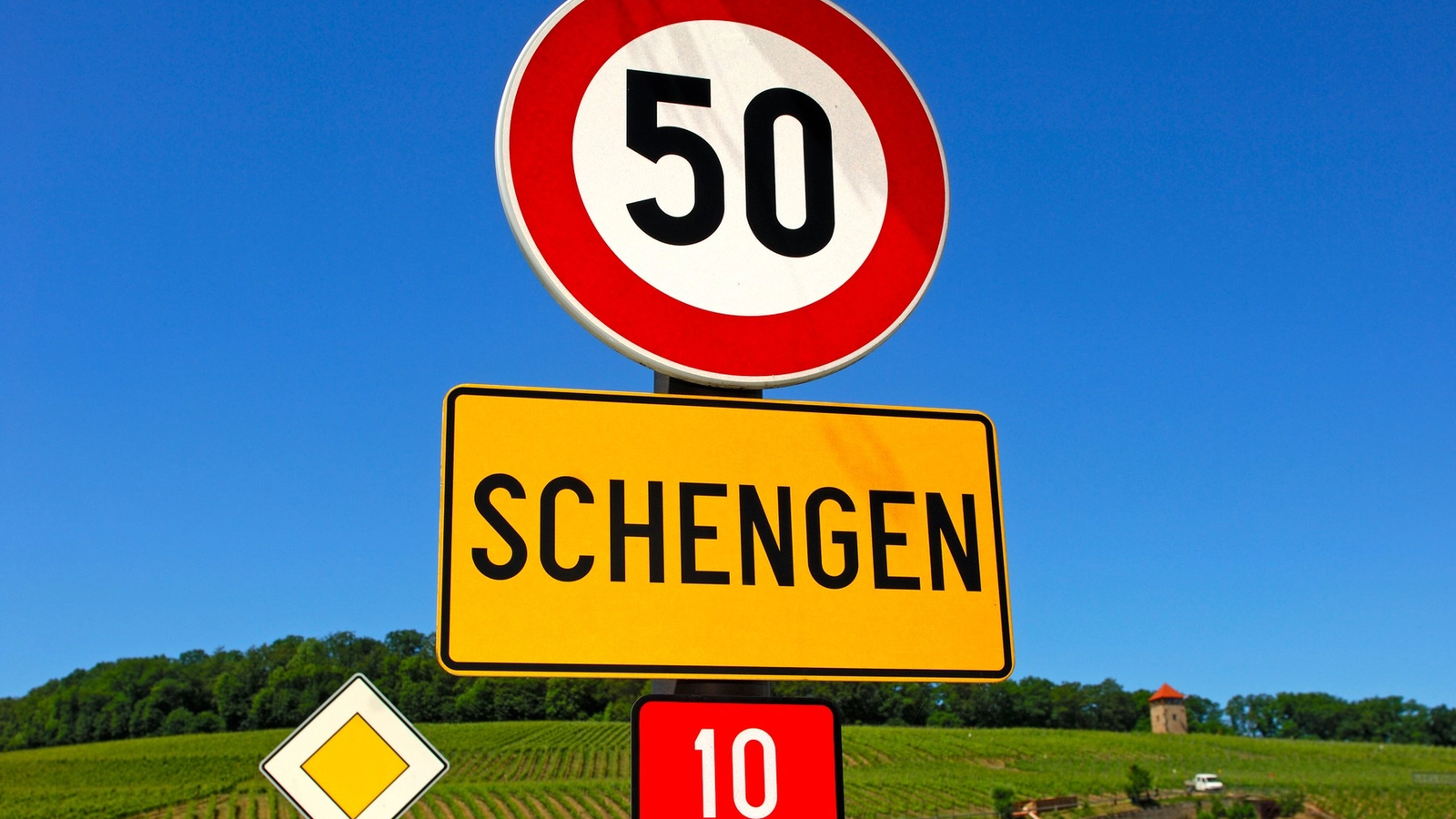



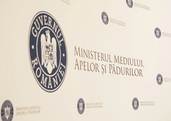

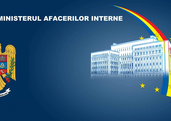



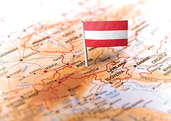
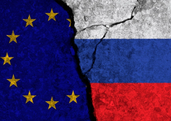

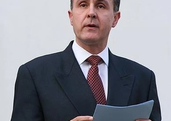
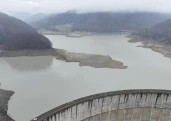




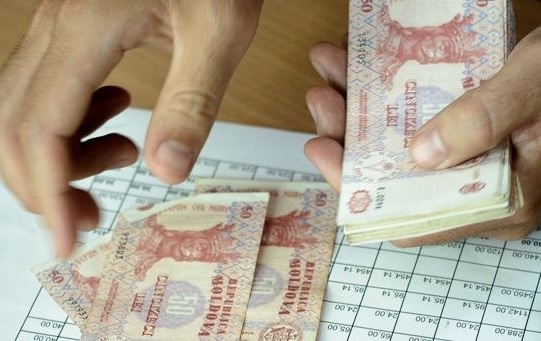
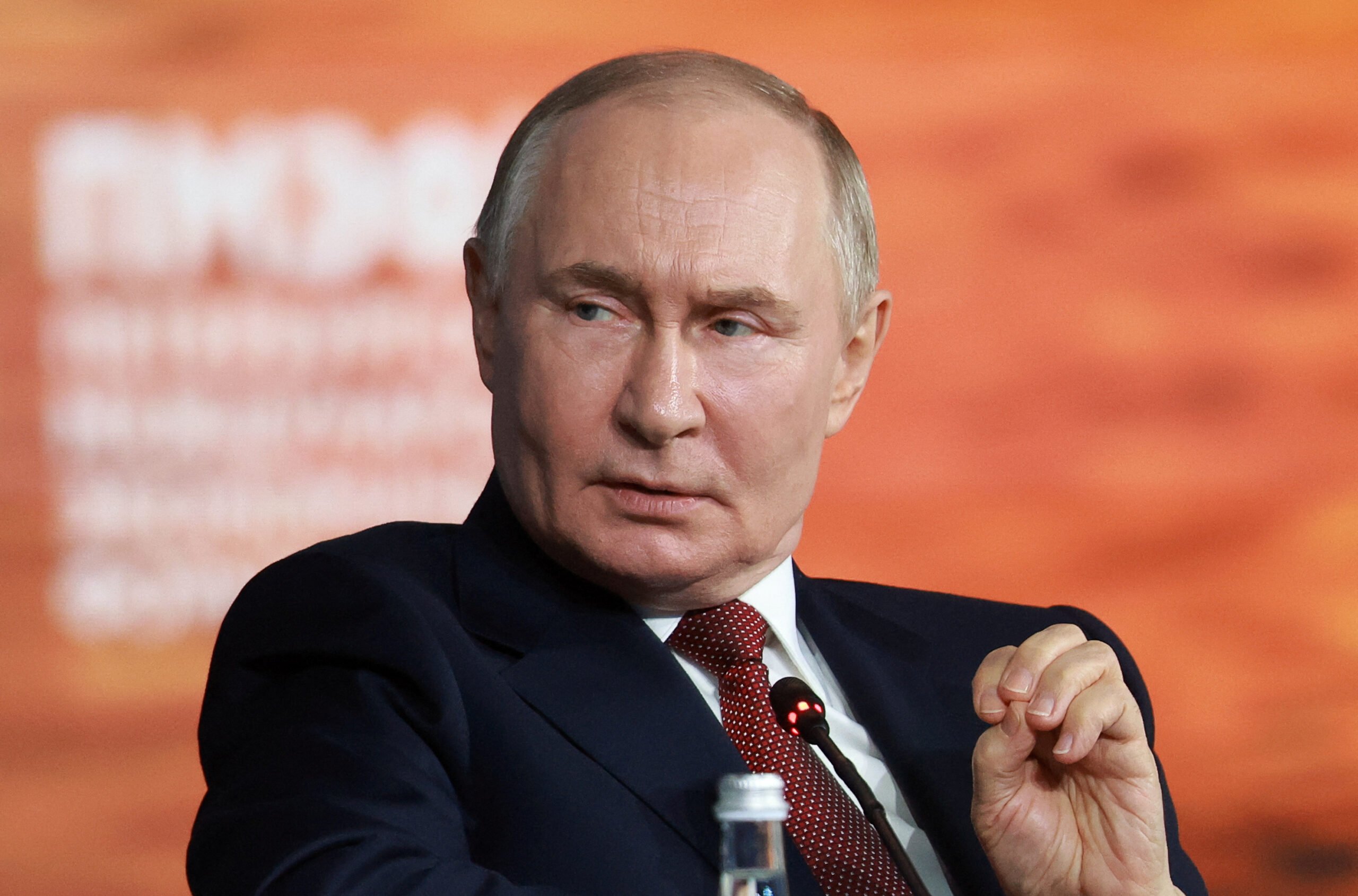
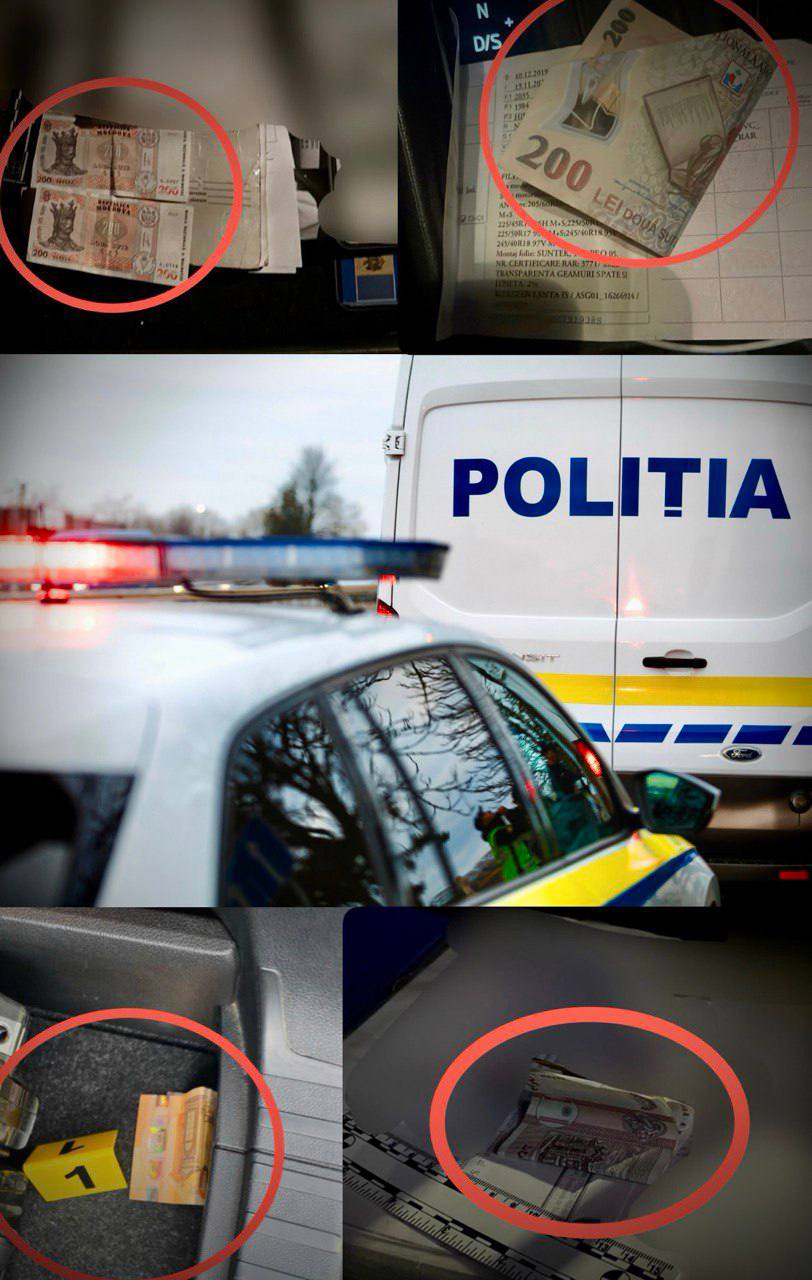
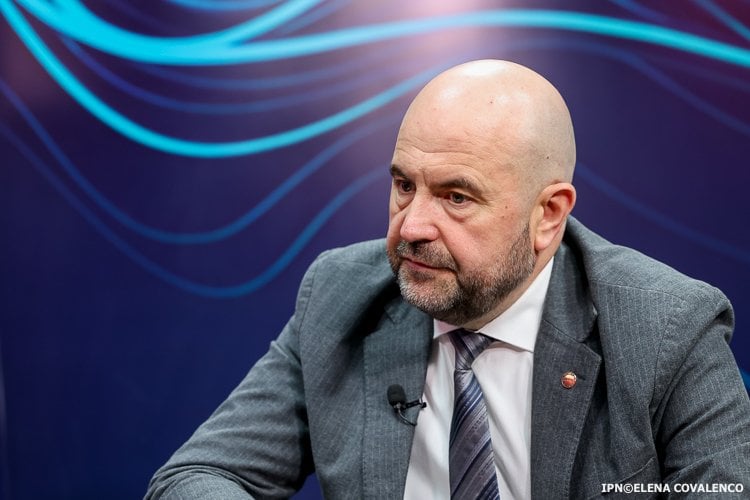









Comentează